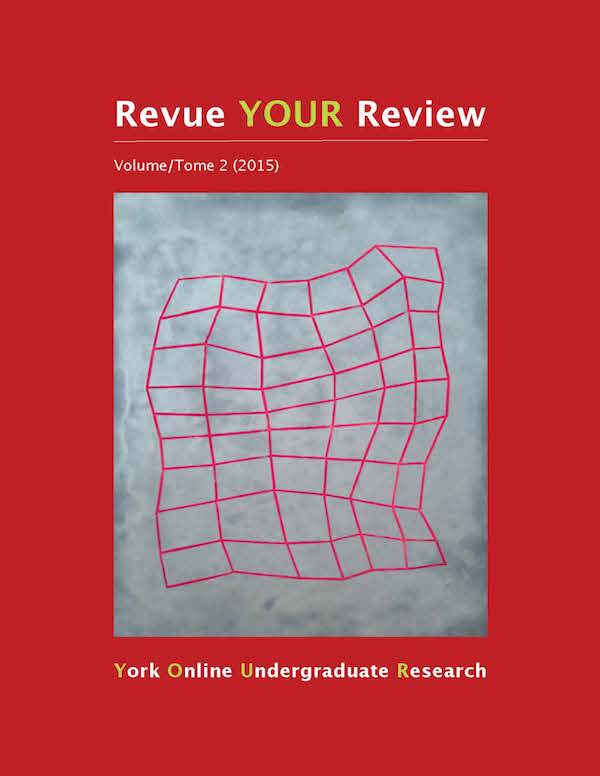Candidate Spending in the 41st Election and its Implications
Abstract
Elections are an expensive exercise of democracy, often requiring vast amounts of money to fund candidates, parties, and officials, etc., to make the system work. However, this very same process can affect voter behaviour and eventual election results. Using the 2011 Canadian Federal Election, I compiled the financial data of all candidates from the three major federal parties (Liberal, Conservative, and New Democratic) from the Elections Canada database and investigated who gave money (how many donors, and how much was the average donation), how much in loans the candidates took out, and how much they spent. I then assessed the data’s correlation to winning, as well as external influences such as media, geography, Canadian federal laws on election spending, and other intangible qualities such as a candidates’ likability.
Evidently there were a few problems with the methodology, among the presence of “outliers” (candidates who spend excessively higher or lower than average), which may skew the results. There were also a few cases where candidates did not disclose their finances (such as Nancy Charest).
In the end, one can conclude that money donated and spent makes a slight difference in the election results. However, there are other factors which affect a candidate’s chances outside of money: 1) Perception of candidate/party/leadership; 2) Candidates’ background (race, gender, locale); 3) Media coverage and “spin”; 4) Incumbency; 5) Geographical location of the riding; 6) Demographic makeup of the riding.
Downloads
How to Cite
Issue
Section
License
Authors contributing to Revue YOUR Review agree to release their articles under one of three Creative Commons licenses: Creative Commons Attribution 4.0 International; Creative Commons Attribution-NonCommercial 4.0 International; or Creative Commons Attribution-NoDerivatives 4.0 International. All editorial content, posters, and abstracts on this site are licensed under Creative Commons Attribution-NoDerivatives 4.0 International. For further information about each license, see:
https://creativecommons.org/licenses/
In all cases, authors retain copyright of their work and grant the e-journal right of first publication. Authors are able to enter into other contractual arrangements for the non-exclusive distribution of the e-journal's published version of the article (e.g., post it to an institutional repository or publish it in a book or in another journal), with an acknowledgement of its initial publication in this e-journal.


